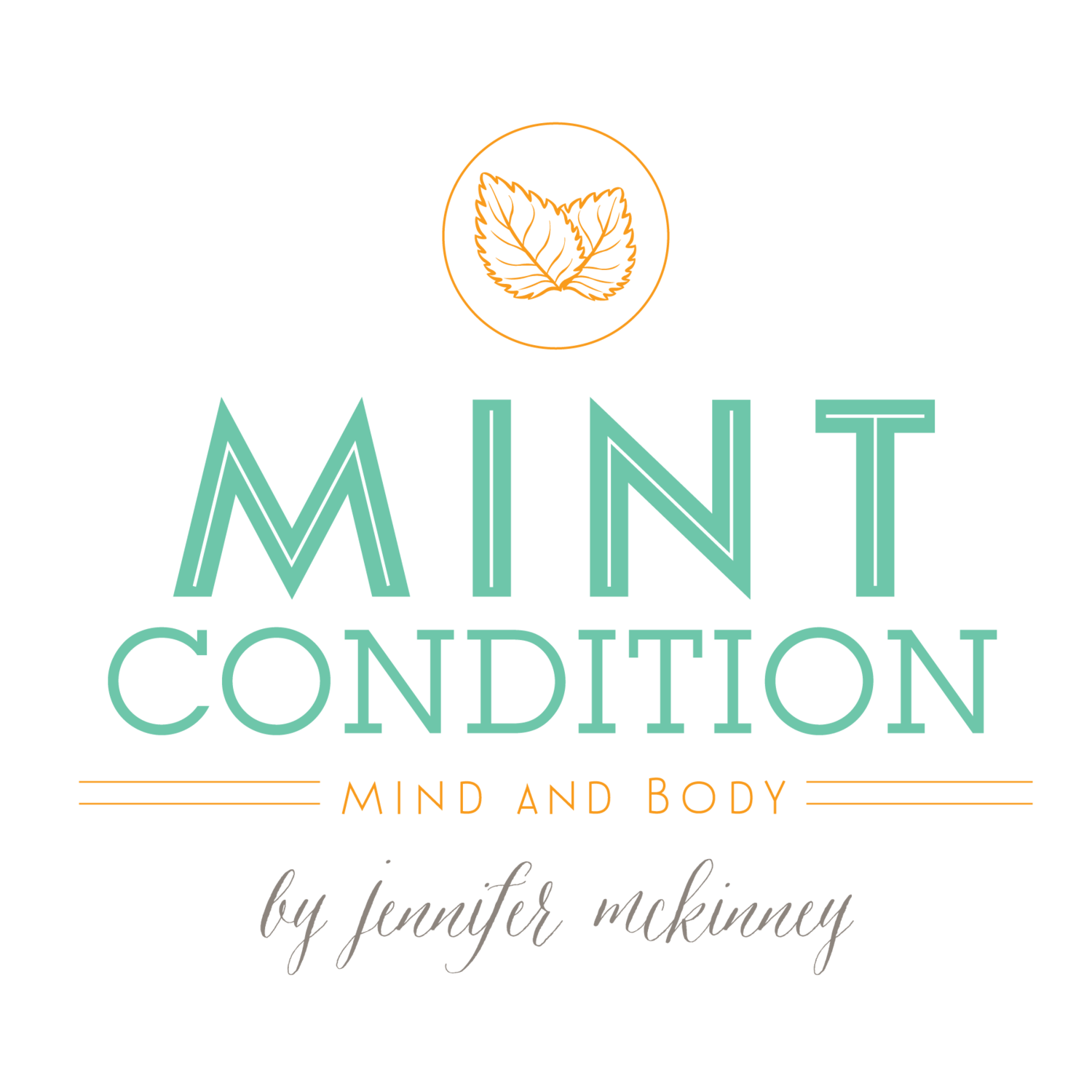Nutrition Baby Steps - Become a Label Snob
When it comes to getting and staying fit you must A) find a form of exercise that you enjoy and B) clean up your diet in order to reach your goals. The exercise part tends to be the easier of the two, if you spend enough time trying different forms you are bound to find one that you enjoy. The tricky part is knowing what you should and should not be eating. Why is this so important?
Let's say it takes you 15 minutes to eat a bagel with cream cheese, that contains 450 calories. In order to burn those 450 calories you would have to walk for 120 minutes. So unfair, I know. But without understanding what you are consuming it may seem as if you are putting in the effort but not seeing the results.
Let me break it down...
One of the first steps in learning about nutrition and what you should and shouldn't be eating is checking your food labels. There is a lot of information that can be ascertained from a food label but I am going to give you the basics below.
- Calories - At the top of everyones "diet" list is the number of calories that you are consuming. If you are trying to lose weight by a specific date, lets say a wedding or beach getaway, then you will definitely want to ensure that you are burning more calories then you consume. Start by figuring out how many calories you should be consuming (I like this Calorie Calculator) and then just start to observe the number of calories you regularly consume.
- Serving Sizes - Serving sizes and the number of servings can make things a little tricky. I like to use a bottle of Gatorade for this example. The serving size for Gatorade is 8 oz. but there are 4 servings in a bottle. The label will show that there are 50 calories per serving, which means if you drink the whole bottle you are actually drinking 200 calories. Missing this information can have the calories add up really fast.
- Fats - The world of good vs bad fats can be confusing. Just understand that Saturated Fats, Trans Fats are the "bad" fats. Example, Organic Almond Butter has a total of 17g of fat. At first glance this can seem like a lot. But if you take another look, only 2.5g are of the saturated kind and there are 0g of trans fats. The remaining 14.5g are of the unsaturated kind and since those are the good fats that are bodies need, then this product becomes less scary. You still have to be mindful of how much you eat due to the almost 200 calories per serving.
- Sodium - Daily sodium allowance is 2400mg (if no other issues are a concern). This is equivalent to 1 tsp of salt. Check out this Healthline post that shows what half of your daily sodium intake actually looks like. Its rather astonishing.
- Carbs, Fiber, and Sugar - Looking at the number of grams of carbs in something can also be very tricky. I'm sure you've heard about the good carbs vs bad carbs discussion. For example, a medium apple has 25g of carbohydrates and a donut has 22g. It is not to be concluded that a donut is better because it is lower in carbs. What isn't being looked at is type of carbohydrate and the amount of fiber also in the item. Complex carbohydrates tend to have higher fiber, meaning they don't break down as quickly and keep you fuller for longer. The donut is made up of simple carbohydrates that is mainly made up of sugar and will be broken down very quickly, leaving you hungry for more, which is why eating 3 or 4 donuts is completely doable. Ever try to eat 4 apples? Different story.
- Protein - Daily protein requirements will vary based on many factors such as age, gender, goals, and training programs. Overall a decent amount of protein on a label is a good thing. General requirements are .36 grams per pound of body weight per day. For example, a 140 lb female should consume 50.4 grams of protein each day. If you break that total down into 5 "meals" that is at an average of 10 grams per meal.
- Ingredients List - Just because something has a decent amount of protein and not too many calories, does not mean that it is a "health food". Taking a look at the ingredients list will tell you everything you need to know. If the list is full of unidentifiable ingredients that look more like a science experiment, then try and steer clear. I would much rather have heavy cream in my coffee then a processed chemical filled flavored creamer. This is something that everyone must decide upon on their own.
Donuts have protein? What?
Let's compare the donut and the apple a little further.
- Calories - Apple wins.
- Fat - Apple wins.
- Sodium - Apple wins.
- Carbohydrates - Apple has more but is a complex carbohydrate with more fiber. Apple wins.
- Sugar - Apple has more but it is a natural sugar as opposed to the processed donut sugar.
- Protein - Yes, donuts have more protein but I don't think this cancels out the other things its also higher in :)
- Vitamins and Minerals - Overall the apple has more. Apple wins.
This is not a process that will just all of the sudden make sense but as you start to compare and contrast you will be better equipped to make healthier choices. There is a lot of confusion around what is healthy and what isn't, but this simple step will help to shed some light on the process.



